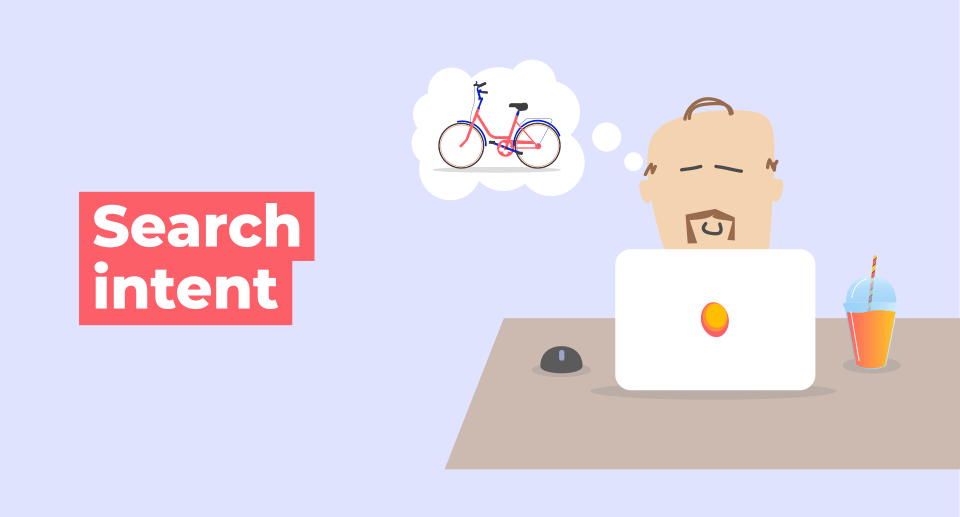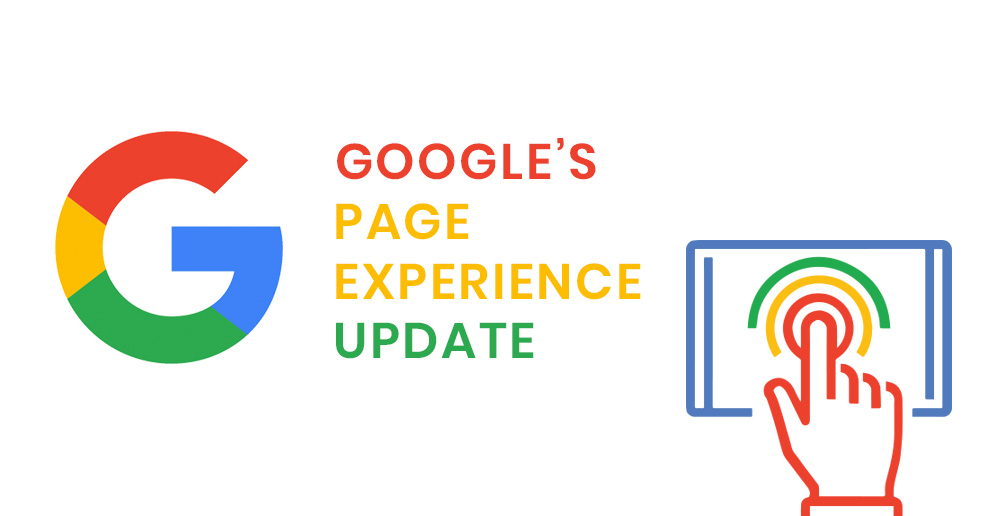How User Experience Impacts SEO and Why You Can’t Afford to Ignore It

Mastering your search engine optimisation (SEO) tactics is a task that requires precision and perseverance.
There’s a common misconception that SEO is just link building and keywords. Once upon a time this might have been true and whilst backlinks and keyword-rich content are certainly important elements to utilise, SEO is so much more.
Your ranking in search results also depends on how fast, secure and responsive your website is, whether or not it’s mobile friendly, how low or high your bounce rate is and ultimately whether or not you’re providing the content your audience are looking for.
All of these factors can be combined in one key term, user experience (UX). It’s a no brainer therefore that prioritising your UX can and will have a considerable impact on your search ranking results. UX is a key part of SEO and you can’t afford to ignore it.
Table of Contents
What is user experience (UX)?
UX refers to the quality of the experience a user has when they land on your website. A good UX engages them from the minute they click through, helping them to identify the information they’re looking for quickly and clearly. Your website should be easy to use on any device, both desktop and mobile, and should be fast and responsive. Combine this with providing clear and reliable content in an easy to access format and your website is well on its way to having a strong UX.

Imagine clicking on a website that first of all takes forever to load. Once it’s finally loaded you’re faced with a mass of pop-ups to minimise. Then there are no clear menus or headers meaning you’ve no idea where you’ll find the answer to your initial search query. How long would it take before you exited the website and found another, better one? Probably not very long.
If someone has landed on your website then the likelihood is that they’ve done so with a purpose and if they’ve come via search results then they will have a search query that they’re looking to find an answer to.

When creating the content for your website you need to think about a user's search intent, why have they visited your website? What are they looking for? If you can create content that provides them with the answer they’re looking for you’ll not only have successfully answered their search query but improved their overall user experience. If you fail to provide the content they’re looking for then it’s not just the UX of your site that will suffer but your search rankings, visitor numbers and conversion rates.
How can you improve your user experience for SEO?
As anyone with a website will know, improving your SEO can be a lengthy process. Undertaking keyword audits and competitor analysis, building high-quality backlinks to your site and creating relevant and informative keyword rich content. If the overall user experience of your website isn’t up to scratch though then it’s all a waste of time.
If your website is slow to load or difficult to navigate then users will leave, sending a clear signal to Google that your site shouldn’t appear high up in search results. So what can you do to help improve your UX with a scope to helping the SEO practices you already have in place?
Load speed
Whilst some of us may be old enough to remember dial up internet, that doesn’t mean today's internet users are willing to wait an eternity for a web page to load. In fact, if a user exits your website before it’s fully loaded it will have a negative impact on your bounce rate.
For those not old enough to remember dial up internet, here's the noise it used to make (a bit of a nostalgia for older readers)
Yes...really.
Alas though, we have come a long, long way since then and tech has evolved in a way where we now live in an era of instant gratification. Whatever we want is just a click away - website visitors have become extremely demanding in that they want what they're looking for instantly - so your website must meet this need if its to be successful. Some of the things you can do to help improve the load speed of your website include optimising images and image size along with reducing the number of JavaScript and CSS files. Whilst the speed of your users internet is out of your control, you can take these steps to help speed up your load time.
Menu options
Even if you have a huge amount of content on your website, an overloaded menu can end up being confusing. Users want to be able to find the content they’re looking for quickly and easily and one of the best ways you can ensure they do this is by implementing a straightforward menu.
You don’t need to include every single page within your main menu, instead use categories to break down your landing pages thus helping users to navigate your website with ease.
I get a tonne of people ask about how to improve their mobile navigations and how to make these better for user experience and I intend on writing a full piece on these. However, for now, DesignCourse has a superb video on this below:
Headers (like this one)
Whilst including headers and subheadings in your content can work wonders for your SEO it’s also a great tool to implement when trying to improve your user experience. Use subheadings that easily break down your content into themed sections, allowing users to immediately access the content they’re specifically looking for.
Mobile friendliness

With over 90% of the global internet population using a mobile device to browse the web [source], making sure your website is mobile friendly is as essential as having a domain. A website can look great on a desktop but if the interface doesn’t convert just as well onto a mobile device then you risk losing a massive chunk of your visitors. Nobody wants to access a site on their phone or tablet that doesn’t fit the screen, is unresponsive or difficult to navigate and read. A key part of improving your UX is ensuring that the website experience is the same quality no matter the device being used to access it.
High-quality content
Whilst there are many important tactics you can implement to improve the user experience and in turn the ranking results for your website, content will always be King. Creating the content that your audience wants and is actively searching for, answering their search query and keeping them on your website is the best way you will improve their user experience. You can have an easy to navigate, fully-functioning website but if you aren’t providing the content users are looking for then your ranking results are unlikely to improve.
An excellent example of how a company uses content for better UX is AirBnB. They use stories as a way to design their users experience - and they do it very well.
Here's Katie Dill talking about how they do it:
How does Google treat user experience?
Google uses hundreds of different ranking factors when assessing your website and with multiple algorithm updates a year, no one thing can make or break your SEO. Many of the signals that Google takes into account however fall under the user experience bracket (load speed, bounce rate, relevant content etc). With each Google update, more focus is placed on how user friendly your website is.
One of Google’s key ranking factors is RankBrain which was introduced in 2015. RankBrain analyses behavioural metrics including bounce rate, dwell time and how many pages a user visits in a single session. It’s considered an important factor that Google takes into account after links and content.
Google's Gary Illyes describes what RankBrain is in this video talking to Eric Enge of Stone Temple.
Part of Google’s core algorithm, RankBrain works on the concept that if a user spends a good amount of time on your website, moving through various pages and returns to your website at a later date then your website must be relevant for their search query and the user experience of a high standard.
UX and SEO both share various common goals such as reducing bounce rates and creating relevant content that users are looking for so it’s no surprise that Google considers the quality of the user experience as such an important metric when ranking a website.
The upcoming Google user experience update and how to prepare for it
User experience is about to get a whole lot more important too. Last year, Google announced a new ranking algorithm which would be based around how a user perceives their experience of a webpage on both mobile and desktop (announced recently).
Set to be rolled out in June 2021, the update will use its Core Web Vitals which includes existing ranking factors such as load speed and performance, mobile-friendly and HTTPS.
Google updates can be big or small, for instance it’s Panda update in 2011 impacted around 11.8% of all search queries. If Google is making a change to how it ranks a website though your best bet is to pay it some attention.

Although Google hasn't revealed exactly how much importance the new page experience update will have, we do know that it will impact what results appear in the Google Top Stories section. So what can you do ahead of the update?
The best thing you can do ahead of the page experience update is to implement the elements discussed in this article. From ensuring your load speed is up to standard to keeping your menus easy to navigate, there are various small changes you can easily implement to ensure you’ve got the best possible foundation when Google rolls it out.
It’s important to remember though that relevant content will always be the key to Google’s heart. You can have a website that is easy to navigate, loads quickly and is 'technically sound' but if you’re missing the content that users are looking for your rankings will plummet.





Comments